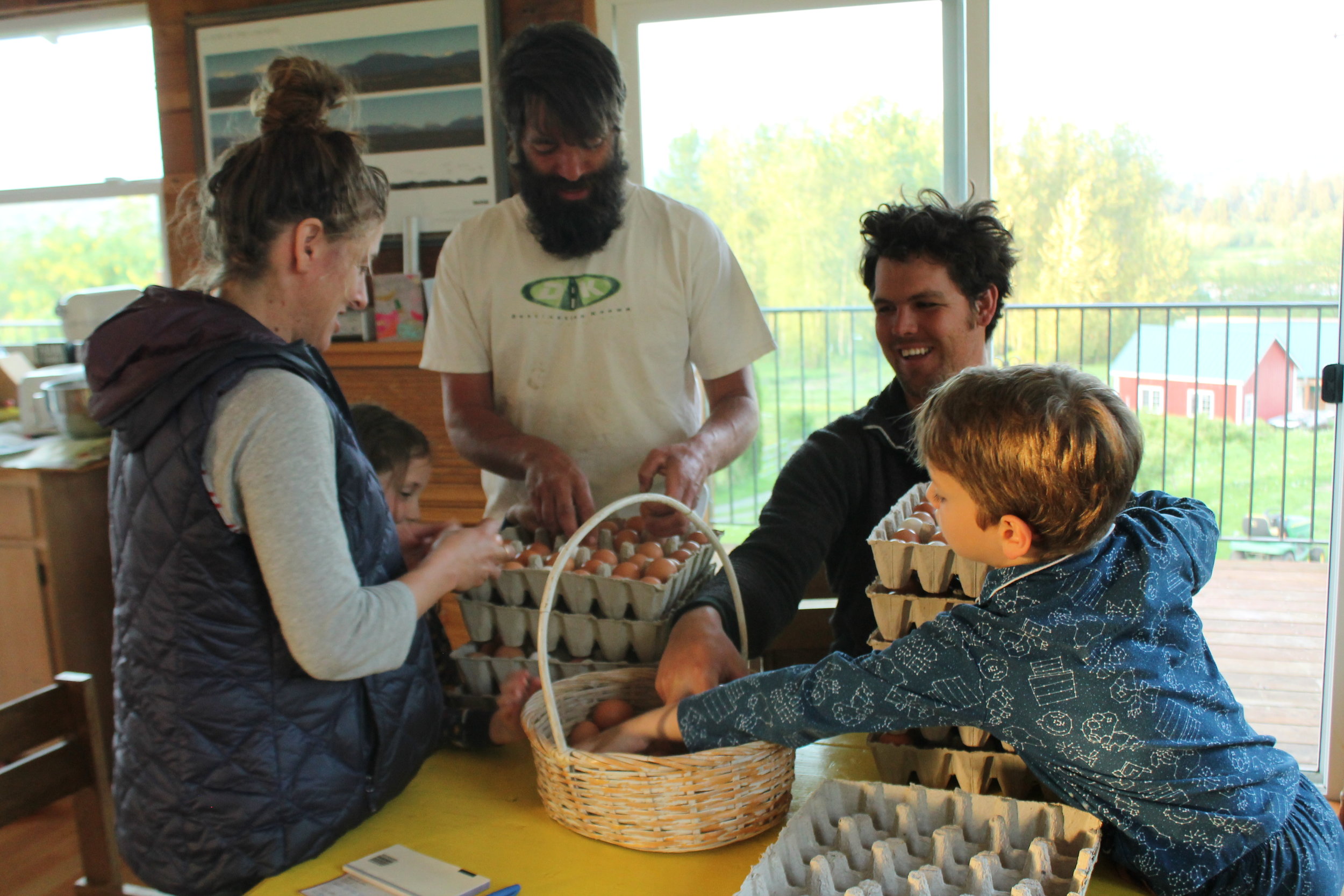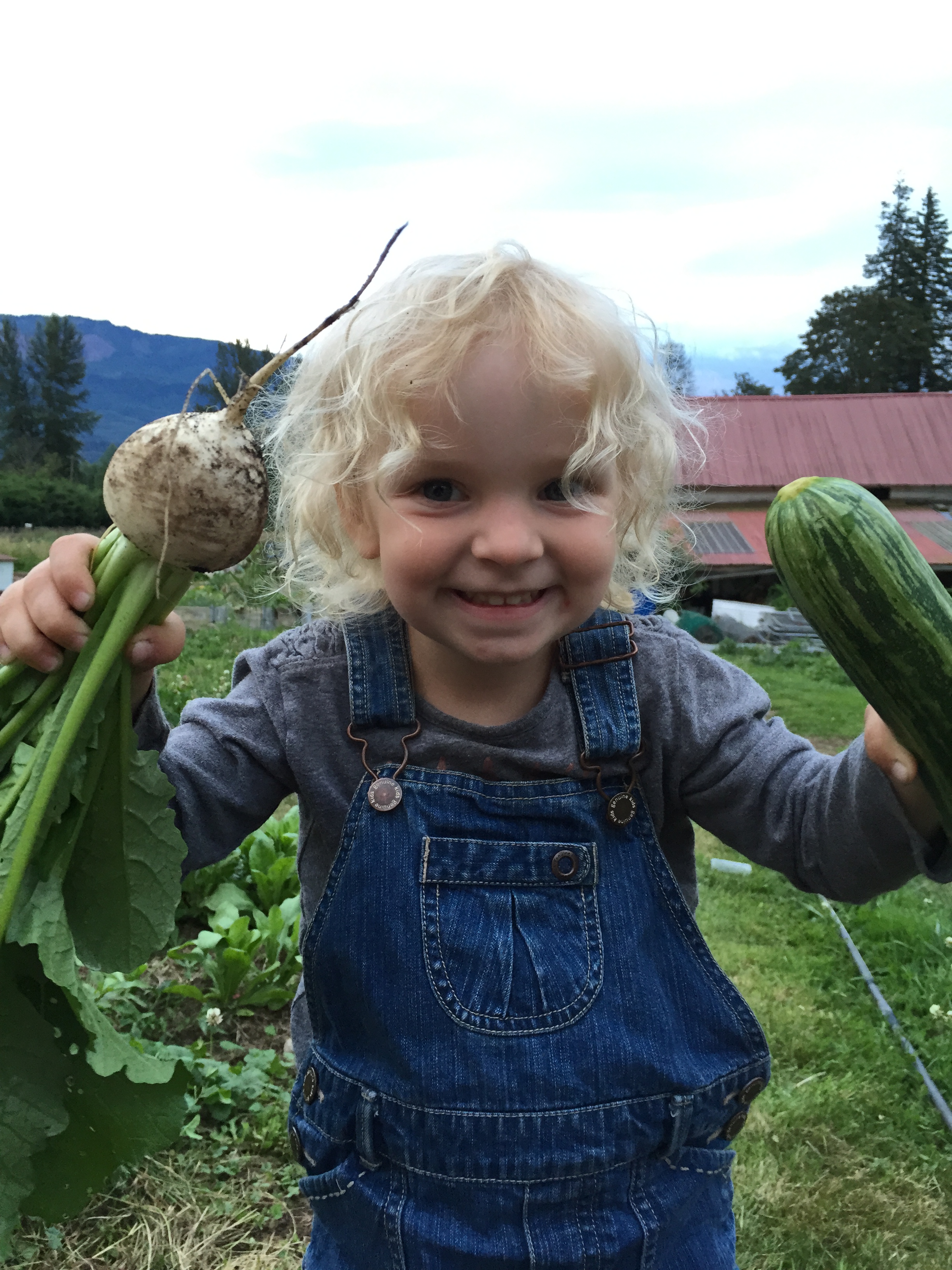Agriculture Resilience & the Photovoice Story
/Traveling the back roads of Snohomish County, you’ll pass a variety of scenic farms. Farms have been a crucial component of the landscape, history, and economy of this county and most of Puget Sound, and will hopefully remain so. The types of farms and the products grown vary and farm stability relies on resilience to adapt to changing markets, climatic variations, consumer preferences and rising land and equipment costs. Supporting the farm community, encouraging them to voice their concerns, and giving them new tools to adapt to a changing landscape is one of the key components of the Agriculture (Ag) Resilience Plan. Snohomish Conservation District, along with several key partners and representatives from the local farm community, are coming together to craft a plan that brings awareness to the risk and trials of farming while also providing science-based tools to better manage that risk.
Farmers are, more often than not, innovators. They have been early adopters of wind turbines, solar energy, and innovations in livestock and crop production. Computers in tractors, robotic milking parlors, no-till farming to control erosion and monitoring soil health are the norm, rather than the exception. But what pressures and challenges are farmers seeing out on the land that is impacting their ability to be resilient into the future? What types of pressures are changing the landscape? Are there more floods, higher intensity rain events, longer drought periods, or loss of farmland due to development pressure in their neighborhoods?
The Photovoice Project
Highlighting the concerns of local farm families was the primary goal of the Photovoice project. This project enlisted seven farmers to come together for a series of four workshops hosted by the Conservation District and The Nature Conservancy. Participants focused on two questions related to farming:
“Why is agriculture important to our community?” and
“What are the major challenges facing agriculture?”
Central to the project was having the farmers take photos of subjects that helped tell their particular farm story and to illustrate the pressures they face to a non-farm audience. The farmers met several times over the course of the spring to view each other’s photos and talk about the common issues they all faced. Ultimately, each family selected three photos that comprise the final Photovoice exhibit.
The exhibit conveys needs and concerns around the availability of farmland into the future given our increasing population, challenges related to increased flooding, and the uncertainty of climate impacts on drainage, drought, and crops.
By sharing their story and thoughts with decision makers through this exhibit, these farmers hope to address some of the pressing issues facing agriculture in this County.
These photos, now on exhibit, are a unique way to reach out to urban residents, elected officials, consumers and others. The exhibit will be traveling throughout Snohomish County through Spring 2018, please check our website for more details.
A huge thank you to the farmers that participated and are leading the effort to make positive changes in our farming community:
Anna Caruso, Caruso Farms, Snohomish
Libby Reed, Orange Star Farm, Monroe
Julie Allen, Justamare Farm, Snohomish
Karen Fuentes, Hazel Blue Acres Farm, Arlington (Silvana)
Bill Pierce, Soaring Swallow Farm, Arlington
Chelsea Johansen, RainySunday Ranch, Sultan
Nick Pate, Raising Cane Ranch, Snohomish
Going Forward
The Ag Resilience Plan continues to evolve with input from key stakeholders. The Photovoice project helped contribute new ideas and brought together a group of leaders that will help move the Resilience Plan forward. The goals of the plan are to:
Provide information and project funding for farmers to manage for future risk on their farms
Develop landscape-scale projects to improve agricultural resilience
Protect agriculture lands from subdivision or development
The University of Washington Climate Impacts Group and The Nature Conservancy will be providing online flood modeling tools, allowing farmers to access long-term forecasting as well as plan for and manage risk. The US Geological Survey will provide ground-water forecasting so that farmers can plan for changes in drainage management.
Washington State University will create an online tool that will allow farmers to view climate projections for growing season length, frost risk, heat stress, and crop maturity timing for their specific location. If additional funding is secured, WSU will also characterize the potential impact of climate changes on specific agricultural crops in Western Washington.
Sound interesting? Check out our Agriculture Resilience page for more information.
By Lois Ruskell, Public Relations Coordinator | From Volume 28: Issue 2 of The Nexus













